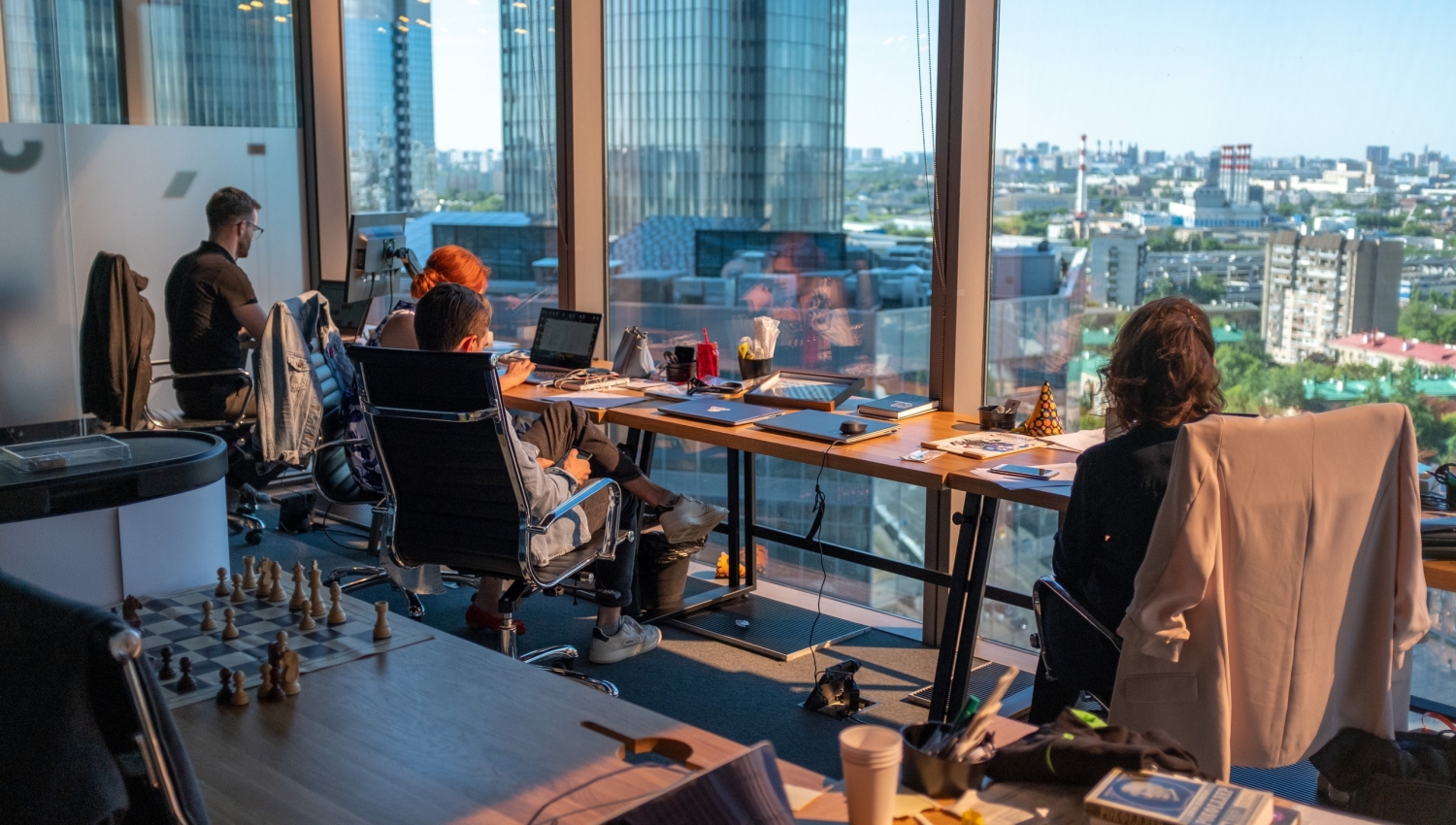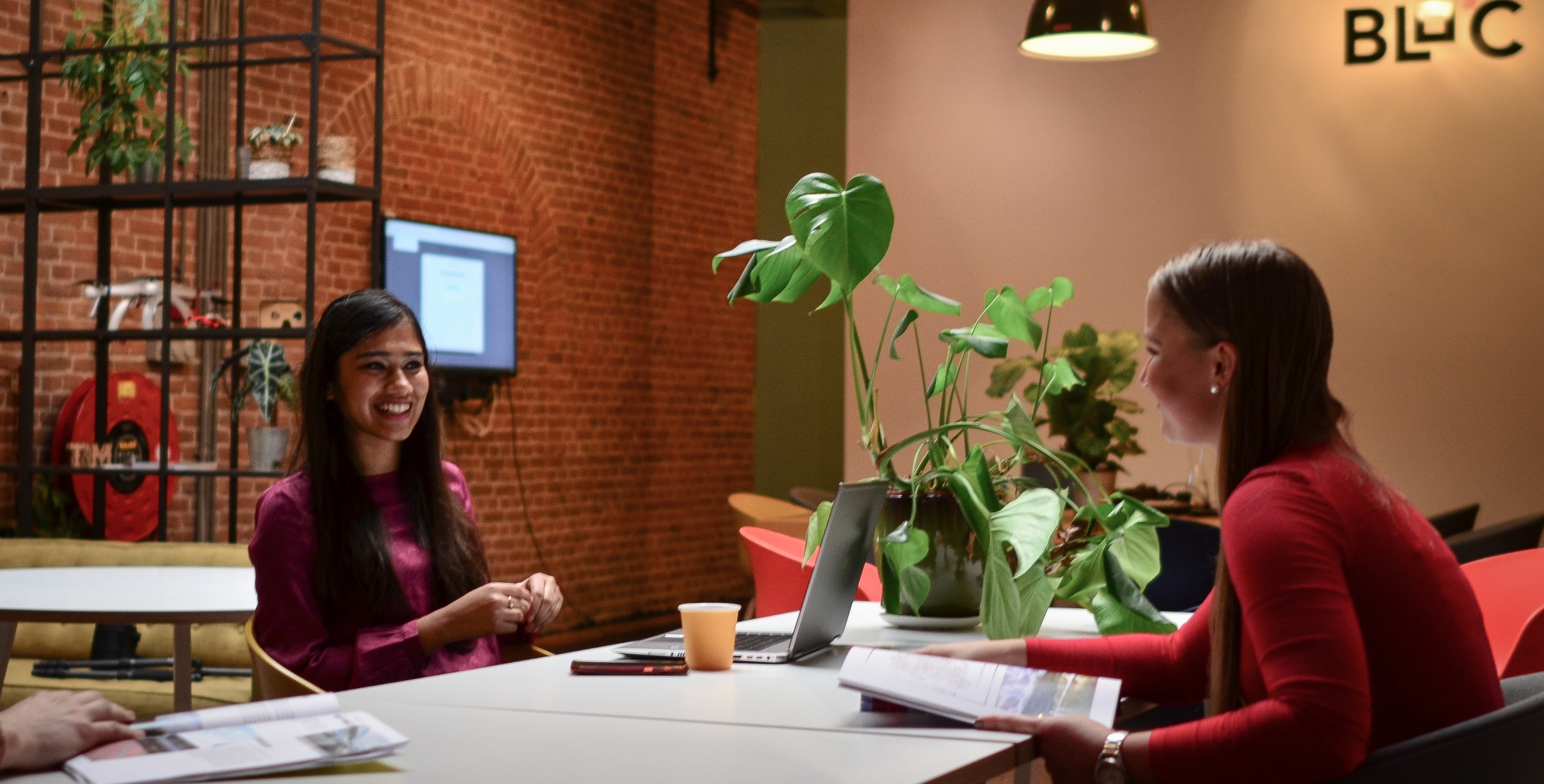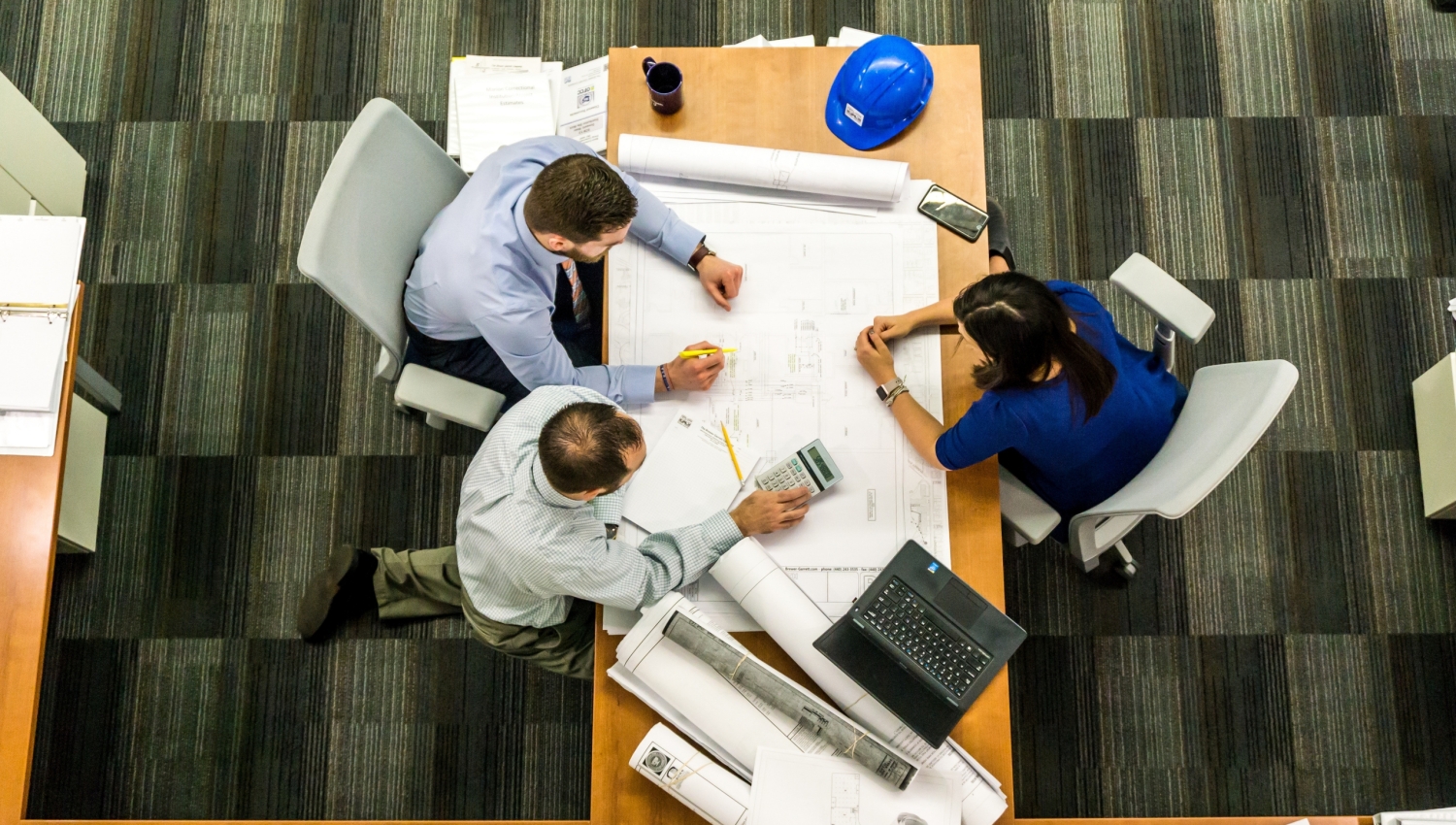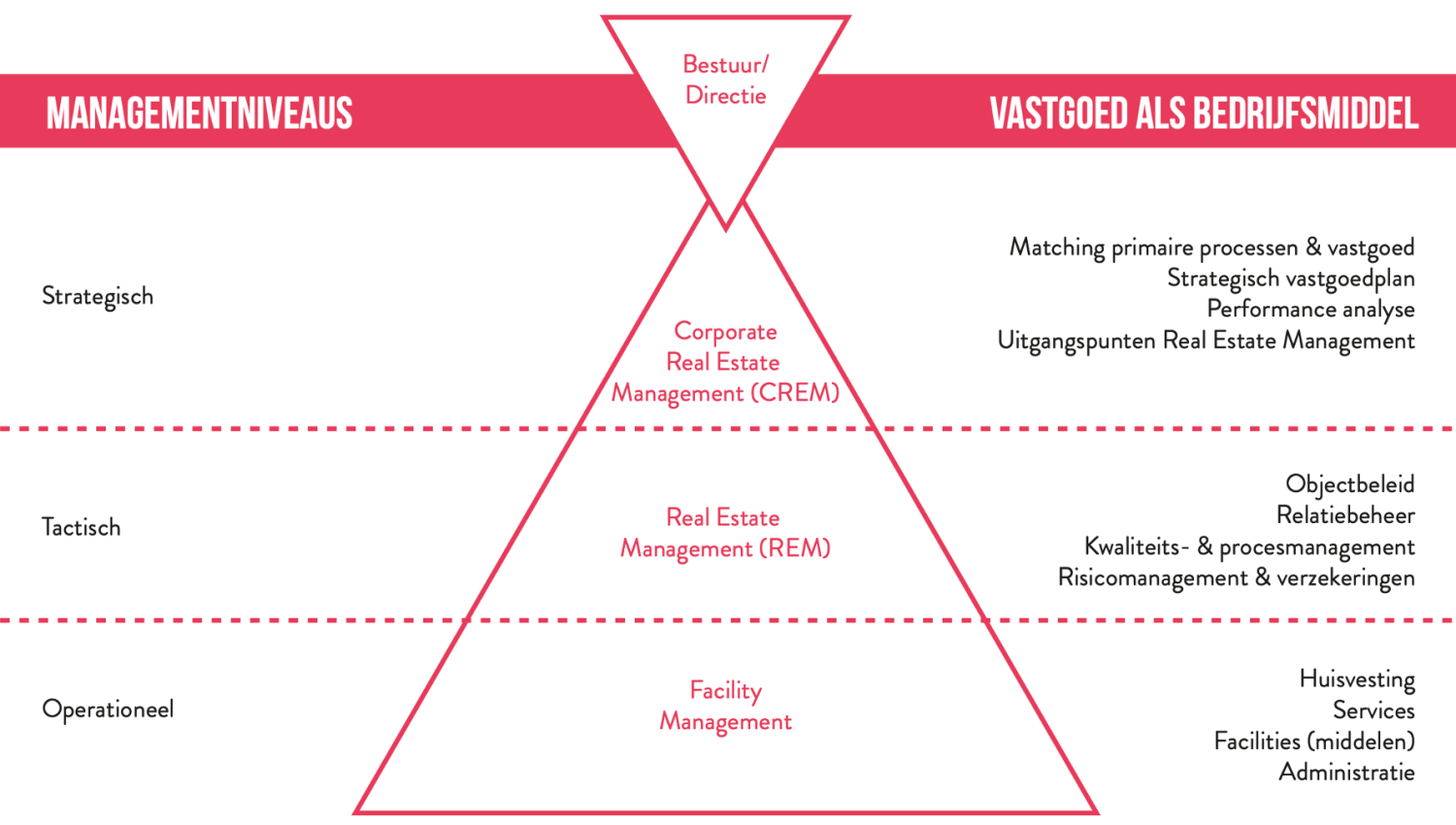BLOC is working on value based office strategies
Value based working with BLOC
BLOC is currently revising KPMG’s office strategy, reviewing the office policy for two VRUMONA buildings, and working on a temporary workspace project for HEINEKEN.
We bring together the principles of Value-Based and Activity-Based Working, helping tailor workplaces to maintain and strengthen corporate culture while supporting new approaches to work and collaboration. This approach is effective at the portfolio level for companies with multiple locations, but also at the individual property level, if you want to take a more in-depth look at a specific location. This BLOCnote will explore how and why we work with organisations to take a closer look at their office strategies.

The work environment is changing
The first reason to take a critical look at your office strategy is the general trend towards workplaces that are less office-based, thanks to digitalisation and globalisation. You may have an online meeting with someone overseas one minute and a meeting scheduled in the café around the corner the next. The second, more pressing reason is acceleration in that trend due to the Covid-19 pandemic. Bans on travel and in-office work have created a totally new work environment. Working from home has become the – mandatory – standard in this new strange but harsh reality.
However, the first wave of the pandemic, and the lockdown that followed, revealed surprisingly positive findings: working from home is possible, and it actually works. Individual, concentrated work is perfectly suited to working from home, travel time and traffic jams are no longer an issue, workdays can be scheduled more flexibly, and digital tools have led to more efficient meetings. It shifted our perspective on work. Even after the pandemic, we will continue to work from home, although perhaps not on our current five-day-a-week schedule. Two days at home, three days in the office seems like a plausible ratio. It calls for a change in how we use our office spaces. Companies are increasingly turning their focus to Activity-Based Working (ABW), designing the workplace to support the actual ‘work activities’. With this approach, the home office can be a place to concentrate, while the brick-and-mortar office serves to stimulate collaboration.
But the second wave has highlighted the downside of working from home. The second lockdown and tightening restrictions have made it painfully clear that we humans are a social lot. There is a collective sense of loss. If, during the first wave, we still thought: “We’ll get through this!”, we’ve now transitioned to something closer to “This is taking too long…”. We miss social interaction. Employees are increasingly feeling a sense of loneliness, and it turns out that digital meetings aren’t a true substitute for a real-life chat. Informal conversations are rare, spontaneous encounters have been lost, and the usual workplace jokes seem to be a thing of the past. Add to that homeschooling and the growing struggle to maintain a work-life balance, and it’s no wonder we’re starting to long for the traditional office.

The office as a culture incubator
These positive and negative developments are changing the way we use offices. The office plays an increasingly important social role and serves as a meeting place for employees. We want to brainstorm with colleagues and work as a team to meet deadlines. A friendly environment, team spirit, and a sense of the company’s corporate culture are fundamental needs. That corporate culture is built around collectively supported norms, values, and actions. And they can take root when you are physically together in a common space, especially if the décor reflects your branded house style.
Organisations that had already embraced Value-Based Working (VBW) before the pandemic are having less trouble holding onto their corporate culture. Value-Based Organisations (VBO) have a mission, vision, and a social drive that inspires their employees. They also have clear corporate values that help them attract and retain the right employees. That means their corporate culture is based on values that align with employees’ own personal values, and it creates close-knit social cohesion. After all, when we pursue the same goals and values, we experience collective solidarity, even though we are physically separated. The social and cultural support that an office provides will be even more essential as we move into a post-Covid world, where we’re spending less time in the same physical space. If we are moving towards a reality in which we only visit the physical office a few days a week, the work environment has to add value and encourage the social aspect of work. Develop spaces that facilitate interaction, collaboration, and creativity. Spaces that communicate the organisational culture, where people are inspired to work according to those norms and values, and where social connectedness is not a by-product, but a key focus.

Lockdown provides momentum
These developments provide momentum for tackling the work environment. Momentum to develop a different perspective on work, with a workplace concept that blends Activity-Based and Value-Based Working. This interim phase (before offices are back to ‘normal’) provides the perfect opportunity for companies to explore their values around the workplace. When this is over, what role do we want to play in our society? What do we really want to offer our customers and employees? What is the right way to work? Where do we really need physical offices? What are our employees’ actual workplace needs in the office, on site with clients, at home, or elsewhere? By re-evaluating your office strategy and workplace concept during this work-from-home lockdown, you can have the right work environment in place before the physical office reopens its doors. Good preparation now will guarantee a solid start later.

BLOC provides office policy advice
The BLOC approach is based on BLOC partner Jan van Zuijlen’s ‘real estate as an asset’ model. This approach is divided into four steps:
1. Creating an inventory of the company culture, mission, vision, strategy, structure, and the main process, both pre- and post-Covid;
2. Mapping a future vision and real estate focus, along with an office strategy and post-Covid workplace concept;
3. Providing insight into the steps needed to put the new approach in place per location;
4. Drafting a clear action plan for implementing the new strategy.
The result: a new office strategy, outlined in a clear management report.

The main focus is on awareness among top management that real estate is an asset that can be used to support the company philosophy and enhance bottom-line results. The key here is to match real estate to the primary business processes, where culture and image play an increasingly important role. It’s important to translate the real estate strategy into a policy for each individual location. Facility management can then use that to guide the actual implementation.
Interested in what BLOC can do for your company?
Are you responsible for office and workplace strategy in your organisation? Would you like more information on the impact that Value-Based and Activity-Based Working can have on that strategy? Does your organisation need new insights and are you interested in updating your office strategy and workplace concept? Or do you have other workplace and real estate needs? BLOC takes a multidisciplinary approach on multiple different levels. We would be happy to discuss what we can do for your organisation. Call or email Jan!
